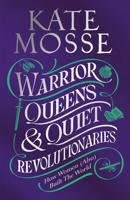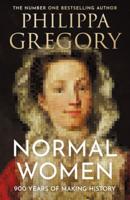Publisher's Synopsis
This historic book may have numerous typos and missing text. Purchasers can download a free scanned copy of the original book (without typos) from the publisher. Not indexed. Not illustrated.1875 Excerpt: ... CHAPTER IV. The Quadriga For The Palace At Brunswick. Statue Of Karl Maria Von Weber. The Luther Monument At Worms. Rietschel's Last Years And Death. 1858-1861. 'I "HE year 1858 brought the artist great honour. He was admitted, in place of Rauch, among the number of Knights of the Prussian Order of Merit, as well as a Member of the Institute of France, and thus acknowledged abroad as the first German sculptor. Although Rietschel did not covet such distinctions, and did not over-estimate them, he was too sincere to affect to despise them. He valued both these honours, since they were not bestowed by the capricious favour of a Court, but by the judgment of the most distinguished men of France and Germany. As chancellor of the Order, Alexander von Humboldt, wrote to him: "I have the inexpressible pleasure of telling you that your name is to be inscribed on the list of the Thirty Knights of the Order of Art and Science. We have just opened the voting papers. We are usually elected in Germany by a majority of not over nine votes. You are elected unanimously by twenty-seven votes, three members having been absent." The Grand-duke, Charles Alexander, of S axeWeimar, gave him a still greater pleasure by commissioning him to consider the subject of a monument to his great ancestor, Charles Augustus. For a long time, particularly at Weimar, the subject had been mooted of acknowledging the debt of gratitude to this immortal prince, by erecting a monument to his memory. But from the first the most conflicting views prevailed as to the style of it. The savans thought it desirable to represent Charles Augustus on horseback, in the costume of the Roman Emperors; while the more cultivated of the people wished to see their beloved prince in his own simple garb--his intelle...






